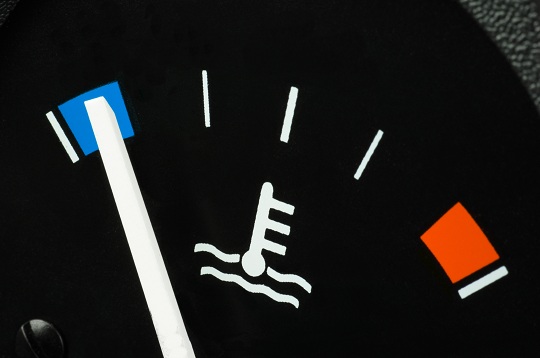
Modern cars go much further in preventing driver fatigue
than the cars from years past. Anything the engineers can do to make the car
more pleasant to drive is a good thing. One feature that does this very well
but that has actually been around for a very long time is cruise control. This
feature is not new but it has evolved tremendously and really doesn’t function
at all like it used to.
The first cruise control systems used canister with a rubber
diaphragm attached to a cable that would hold the throttle open when engine
vacuum was applied to one side of the diaphragm. When the driver wanted to
increase the set speed a vacuum solenoid would allow more vacuum in to act on
the diaphragm. When the driver would hit the brake a valve attached to the
brake pedal would let all the vacuum out and the throttle would snap shut.
Newer systems started using more electronic controls such as
a small electric solenoid that could pull on a cable to hold the throttle open
at the set speed. These systems looked at vehicle speed sensors to make sure
they were accurately maintaining the set speed. A change in the set speed
caused the electric solenoid to pull the throttle open more or allow it to
close. When the driver hit the brake pedal an electronic switch would signal the
actuator to release the throttle.
| Electronic throttle control makes cruise control simpler. |
Every car today whether it has cruise control or not is
equipped with electronic throttle controls. The gas pedal is no longer attached
to a cable that goes through the firewall to pull the throttle open. The gas
pedal is attached to a sensor that tells a computer the driver wants more
throttle. The computer then commands an electronic motor to open the throttle
the requested amount.
Since there is a computer controlled actuator working the
throttle, the only thing we need now to make cruise control work is a switch
that tells the computer to hold the throttle open even when there is no foot on
the gas. So the sensor attached to the gas pedal, and the buttons for the
cruise control signal the same computer. This is a good example of computers
simplifying the systems under the hood. A cruise control actuator and all the
associated linkages are no longer needed.
This is not where the evolution of cruise control ends. Many
cars are also now equipped with what is known as adaptive cruise control. This
will not only hold the vehicle at a set speed but it will also reduce speed as
needed to keep from getting too close to the vehicles in front of you that are traveling
more slowly. The driver not only sets the cruising speed but they can also set
the minimum following distance.
At the front of the car there is a sensor that uses lasers
that bounce off the car in front of you to measure the distance between you and
them. The computer will reduce the cruising speed as needed so you don’t get
too close and once the car in front of you moves or speeds up the car will go
back to the set cruising speed.
 |
| Adaptive cruise control won't let you get too close to the a slower car. |
Adaptive cruise control is certainly one of those features
that may cause us shake our heads in regards to the many new and somewhat silly
features that we find on cars today, but of course this is where we are. In
many ways these features that seem silly can actually make the car safer to
drive by reducing driver fatigue and distraction. So while it seems that cruise
control is the same as it ever was, it turns out it isn’t.









